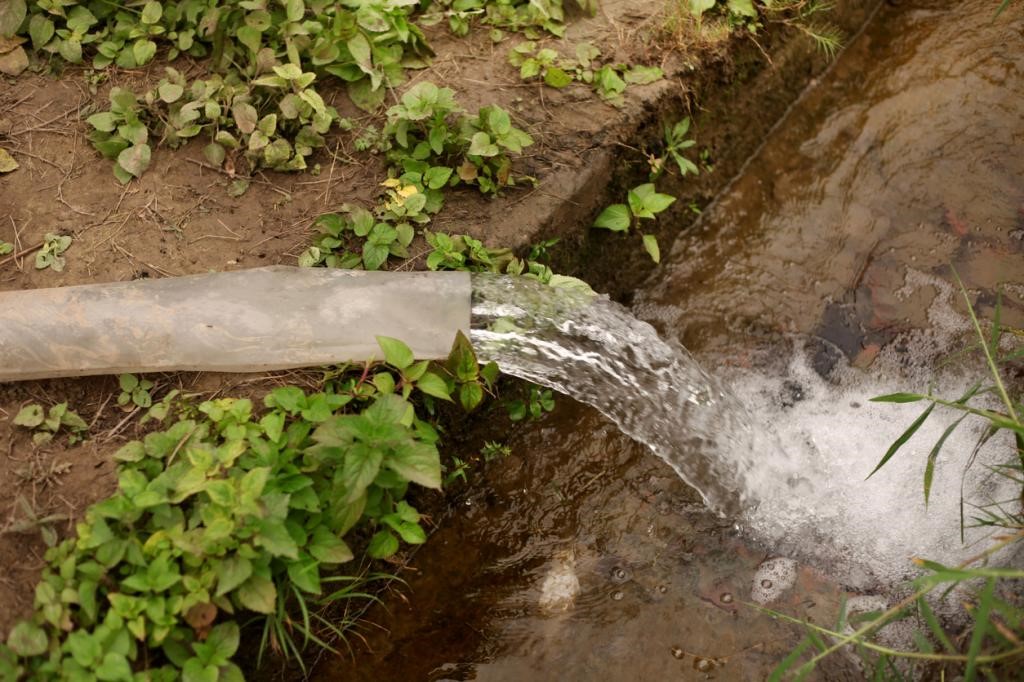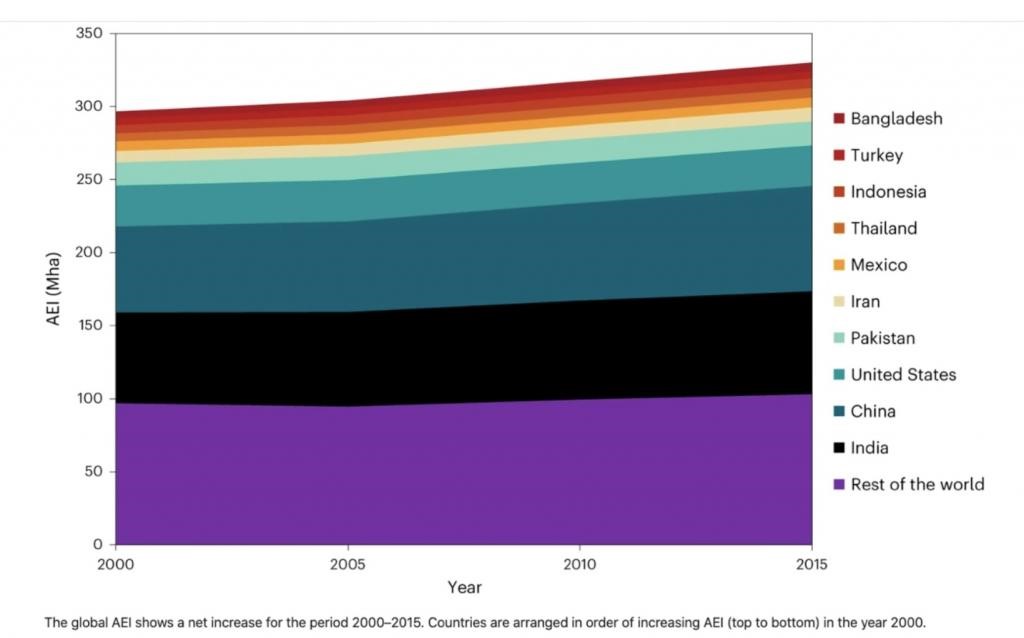Free Courses Sale ends Soon, Get It Now


Free Courses Sale ends Soon, Get It Now



Disclaimer: Copyright infringement not intended.
Context
Over half of the 21st century irrigation expansion has been in water-stressed regions; India accounts for 36%: Study
Details
Key Findings
Changing patterns of global irrigation

Need for sustainable Irrigation
Irrigation in India
|
PRACTICE QUESTION Consider the following statements: 1.India has more arable area than China. 2.The proportion of irrigated area is more in India as compared to China. 3.The average productivity per hectare in Indian agriculture is higher than that in China. How many of the above statements are correct?
Answer 2 |
© 2024 iasgyan. All right reserved